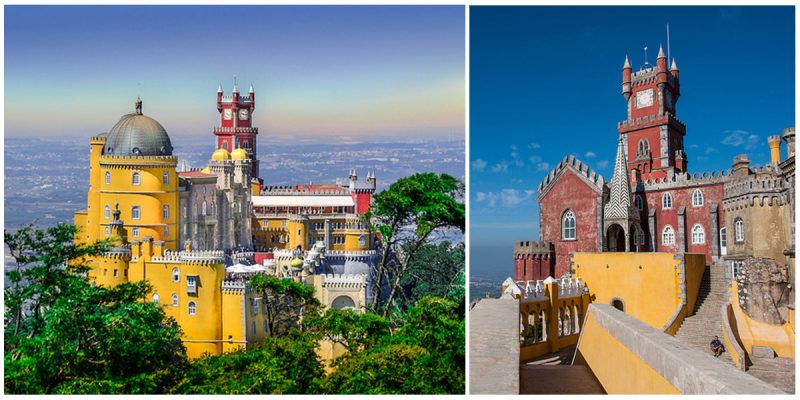One of the most popular landmarks in Portugal is the Pena Palace, located in the Sintra hills. The palace was built in the 19th-century Romantic style of architecture and is one of the Seven Wonders of Portugal.
It is surrounded by luxuriant gardens and a forest, and it was built in such a way as to be visible from any point in the park in Sao Pedro de Prenaferrim. Today, the palace is a national monument and is protected by UNESCO as a World Heritage Site.
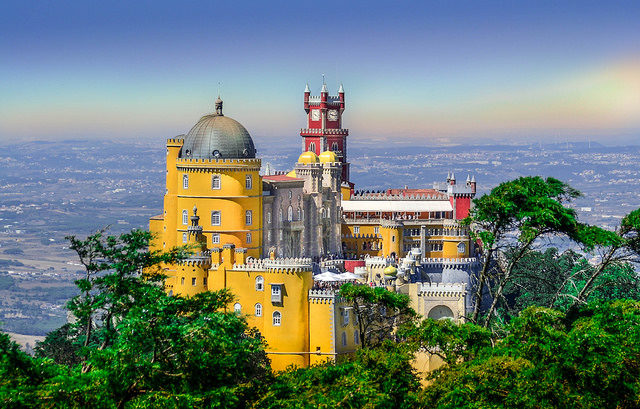
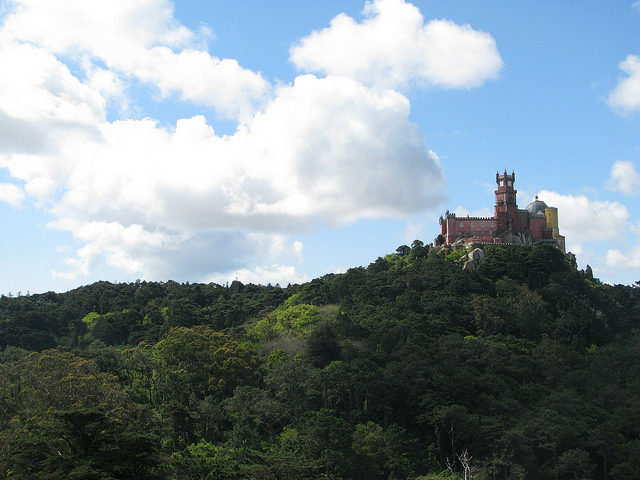
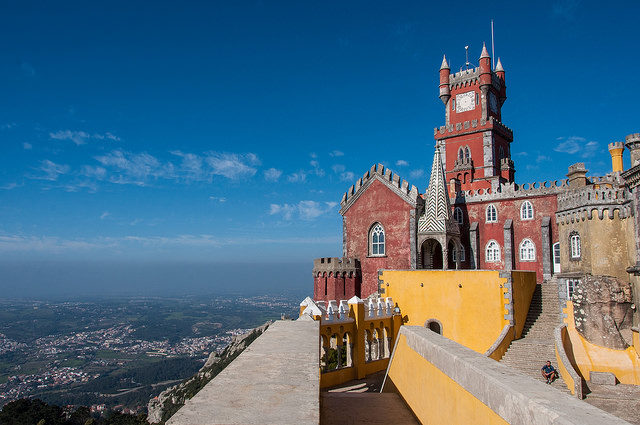
The castle’s history started in the Middle Ages, and the first building at the site was a chapel dedicated to Our Lady of Pena. At the end of the 15th century, King John II and his wife made a pilgrimage to the site to fulfill a vow.
Later in the 16th century, the successor of King John II, King Manuel I, reconstructed the chapel into a monastery which was donated to the Order of Saint Jerome. The 1755 earthquake left the monastery in ruins, but the original chapel remained without significant damage.
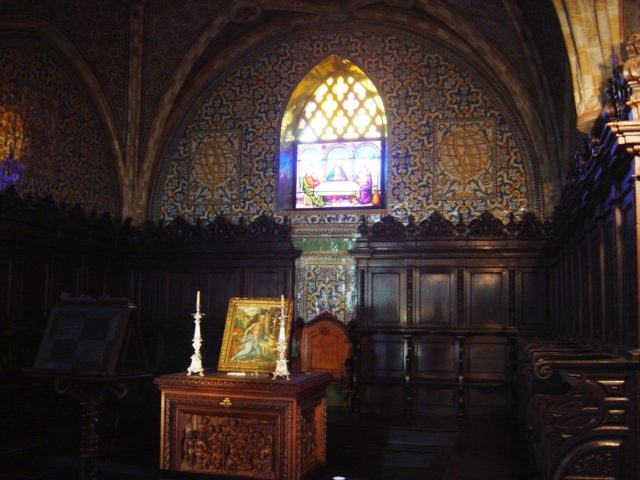
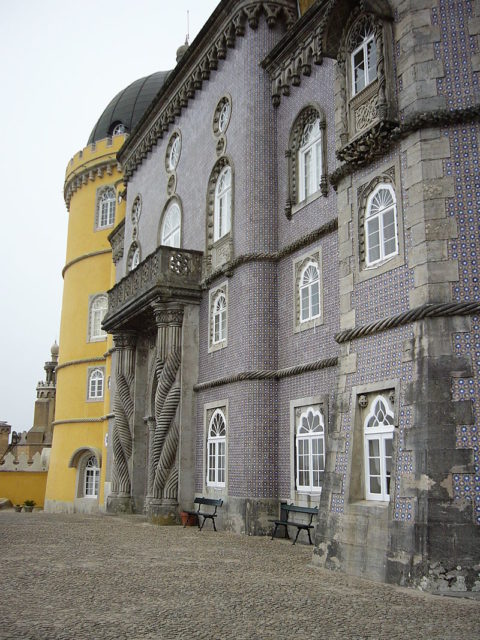
Since 1834, the ruins of the monastery had remained untouched until King-Consort Ferdinand II decided to acquire the old monastery and a few other estates in the area, including the Castle of the Moors and all of the surrounding lands. In 1840, the King built the Palace of Pena, and three years later he decided to enlarge the palace by building another wing, known as the New Palace, with a new kitchen, larger rooms, and a tower.
The commission for the renovation of the building was given to the Baron of Eschwege. The Palace is built in the German Romantic style which the King was heavily influenced by. It is believed that his inspiration came from the Stozenfels and Rheinstein castles on the banks of the Rhine. He intervened in the decoration of the palace and included Medieval and Islamic elements.
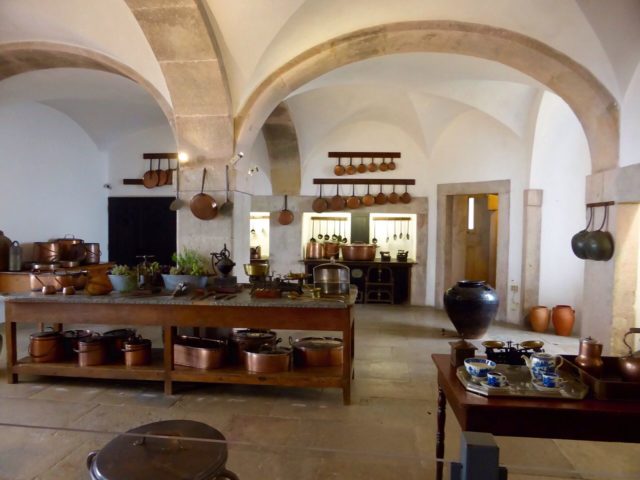
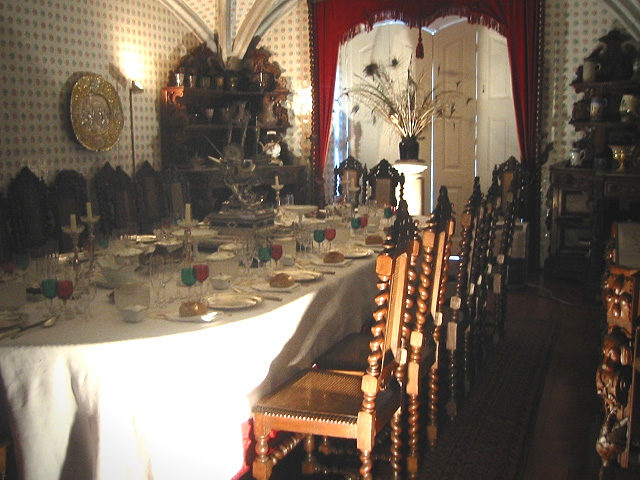
The palace passed into the possession of the King’s second wife, Elisa Henster, who later sold it to King Luis and it was used by the royal family frequently. The last royal to spend a night in the palace was the last queen of Portugal, Queen Amelia.
After the Republican Revolution of 1910, it was transformed into a museum and became a national monument. In 1995, the whole landscape of Sintra, including the palace, was classified as a World Heritage Site by UNESCO.
